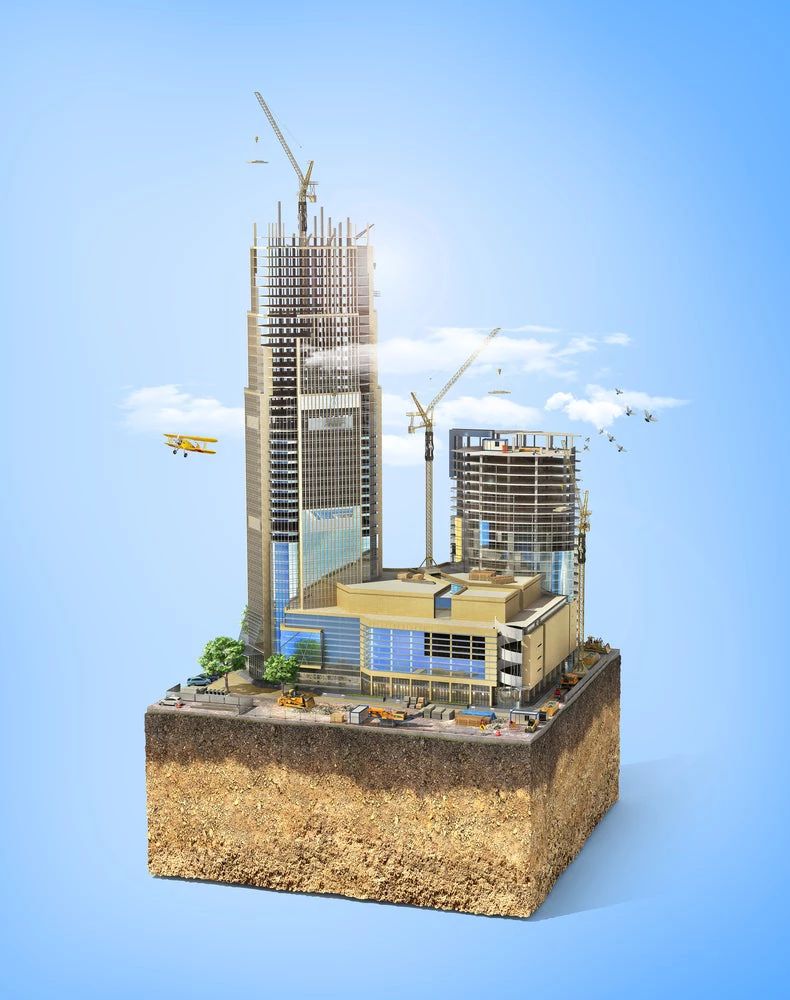
The recent series of devastating hurricanes in the Caribbean has reminded the world, once again, that natural disasters are not equal-opportunity destroyers. The economically marginalized and those lacking secure land and property rights are often disproportionately affected for at least three reasons:
- First, without secure property rights, they typically lack the long-term incentive and access to credit to build safe, resilient houses.
- Second, they can be reluctant to flee their homes to safe areas, fearing they won’t be allowed to return.
- Finally, they are less likely to be the recipients of government risk mitigation or recovery efforts. Government recovery efforts – no matter how well intentioned – rarely reach those most in need. After the floods and landslides in Nepal in 2011, for example, only 6% of the poorest received government support – compared to almost 90% of the well off.
The increasing frequency of natural disasters with tragic human consequences should also serve as reminders that resources spent on disaster risk reduction (DRR) are much more effective at saving lives and property loss. Yes, despite substantial evidence that reducing disaster risk is more cost-effective than responding to disasters, expenditures for disaster response and reconstruction exceed spending on disaster risk reduction and preparedness at a rate of about 20 to 1.
To overcome that spending gap will require innovative thinking on a time-tested idea. Governments, the World Bank, and other donors are doing the right thing when trying to devote more resources to disaster risk reduction – and to make land and property rights reforms part of a multi-faceted DRR strategy. In doing so, they would do even better by recognizing that those rights exist in three dimensions, encompassing not just the ground beneath our feet but to the space above (and below) it.
Property rights in 3D
Yes, land size, borders, and coordinates are essential to providing secure land and property rights. But it’s just as important to remember that humans use and access land in three dimensions, whether through mineral or water rights beneath the surface or the addition of levels to a home or other property above the ground.
Unfortunately, in some places, land administration only covers rights to the plot – it fails to account for housing and other construction that is built on the land. This has consequences for both governments and their constituents –municipalities can’t plan adequately the provision of services, and families lack legal and physical security over their housing.
Land administration in 3D includes not only the rights, but related responsibilities and restrictions over the whole property. For instance, this creates a legal framework for governments to collect property taxes, which can be reinvested into critical infrastructure improvements necessary for effective disaster risk reduction. And it establishes compliance standards and related incentives to encourage women and men to either retrofit their properties up to modern safety standards or to be resettled with secure, legal rights.
Households already invest 30 times what governments do in housing and related improvements. Secure 3D land and property rights can incentivize better use of those resources by ensuring improvements follow resilient building codes. And they can create a framework on which the private sector can establish a new investment market for building, retrofitting, and insuring hundreds of millions of affordable, safe housing units.
This would not only benefit and protect citizens in the long term, but also save the government from being stuck with the post-disaster reconstruction bill – the cost of prevention is one fourth the cost of rebuilding. Combining legally enforceable tenure security with the physical security from the effects of natural and climate-related disasters can help build more resilient cities .
No longer fearing that the next natural disaster will bust their budgets, countries would be able to refocus on efforts to reduce poverty and grow their economies. For example, a recent study of 89 countries, supported by the Global Facility for Disaster Reduction and Revovery (GFDRR), found that mitigating the effects of natural disasters could lift as many as 26 million people out of extreme poverty (defined as those living on less than $1.90 per day).
Private investors would profit from an ever-growing market for houses, retrofitting, and insurance – and new businesses that will serve these homeowners. Better still, effective 3D land and property rights reforms can give struggling economies a new growth path that can benefit every level of society for years to come . And thanks to new learning and technology, these reforms are becoming increasingly cost-effective.
With climate change and other hazards posing an increasing threat to humanity, new tools are needed to mitigate its harmful consequences. A 3D land and property rights reform strategy has the potential to be a game-changer worldwide for governments, their well-resourced private partners, and the poor majority .
Related:
- Report: Keys to Successful Land Administration: Lessons Learned in 20 Years of ECA Land Projects
- Report: How Innovations in Land Administration Reform Improve on Doing Business: Cases from Lithuania, the Republic of Korea, Rwanda and the United Kingdom
- Blog Post: Let’s build the infrastructure that no hurricane can erase
- Video blog: Securing land rights for all is key to building disaster-resilient communities
- Blog post: Making homes safer to build resilient cities
- Subscribe to our Sustainable Communities newsletter and Flipboard magazine
- Follow @WBG_Cities on Twitter




Join the Conversation